(CIE A2 compsci) Object-oriented programming - key theory terms + Python statements
1/11
There's no tags or description
Looks like no tags are added yet.
Name | Mastery | Learn | Test | Matching | Spaced |
|---|
No study sessions yet.
12 Terms

objects
items in an object-oriented program that do all the processing and each have their own specific attributes + methods (eg. object: a crop → attribute examples: type + water reqs; method example: harvesting)

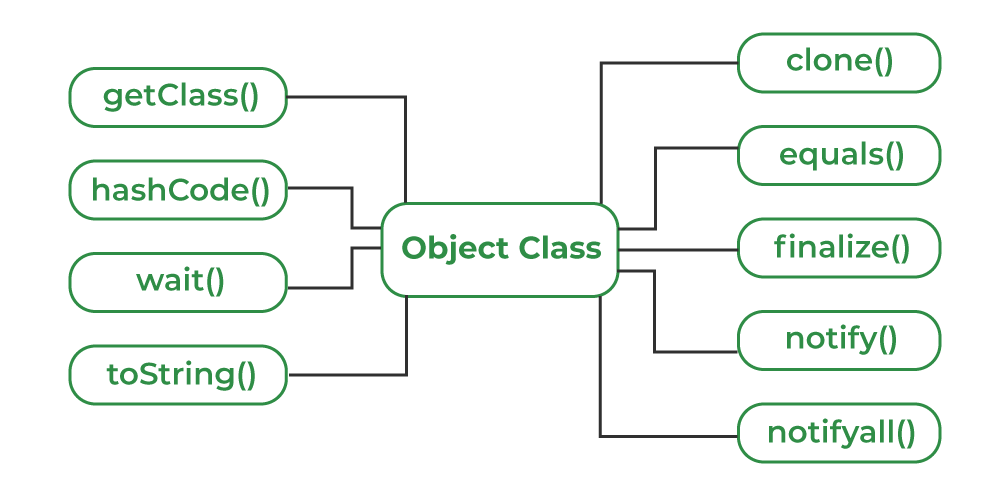
object classes
provide blueprints for objects by defining common attributes + methods via constructors etc.
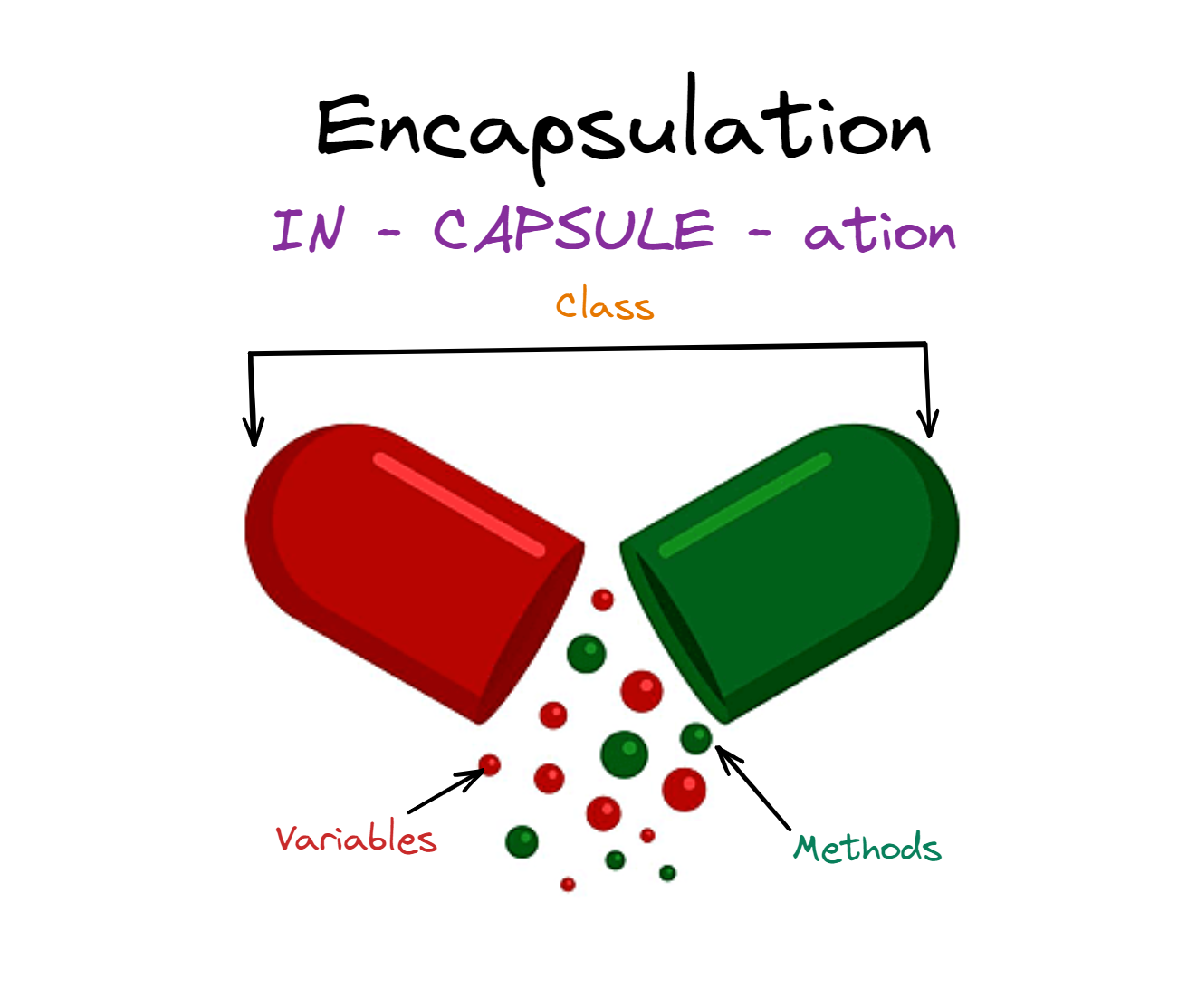
encapsulation
a fundamental OOP procedure that wraps attributes + methods into a single entity
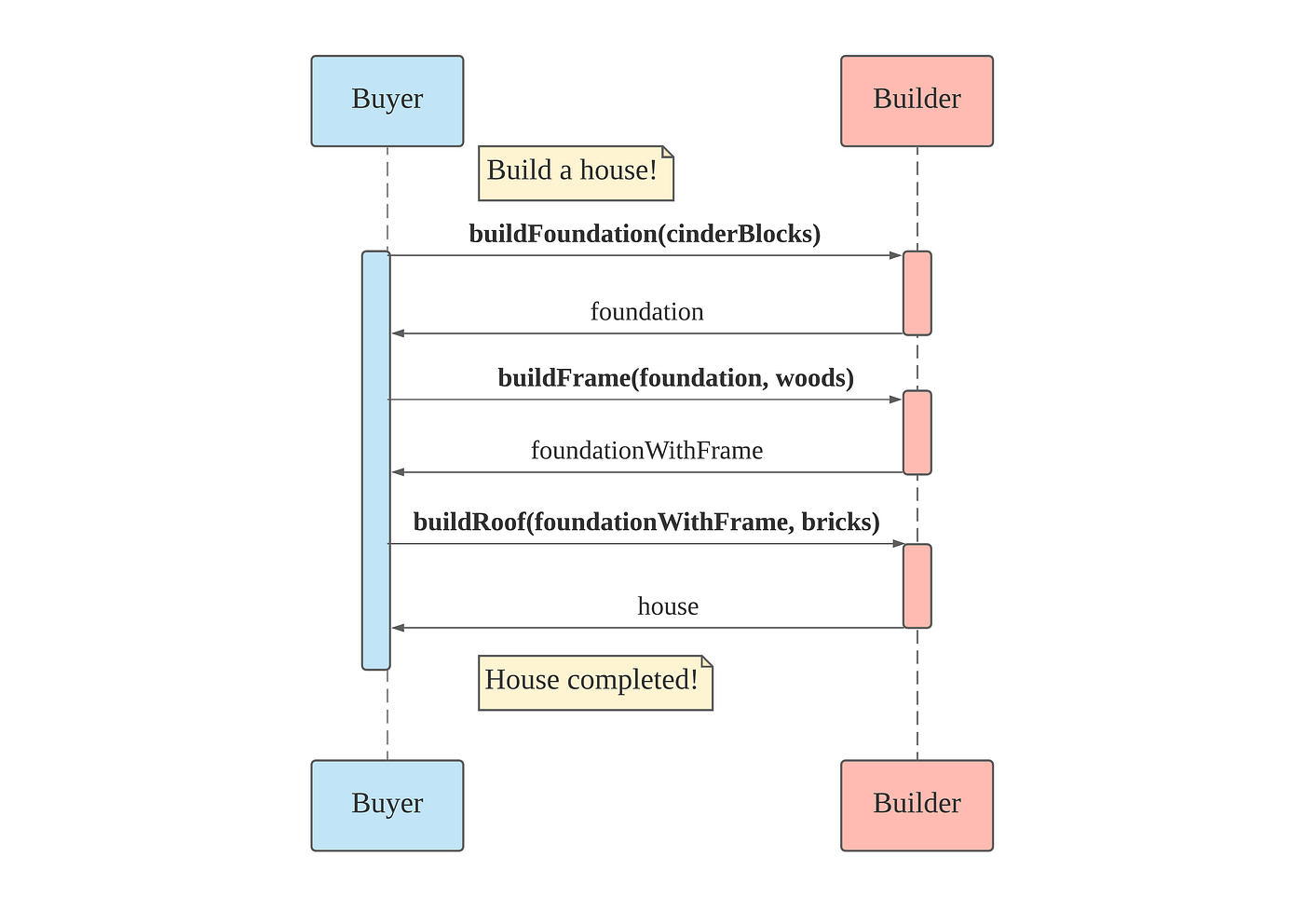
info hiding
makes an object’s attributes private so they can be changed + accessed only via the setter/getter methods of the class the object belongs to
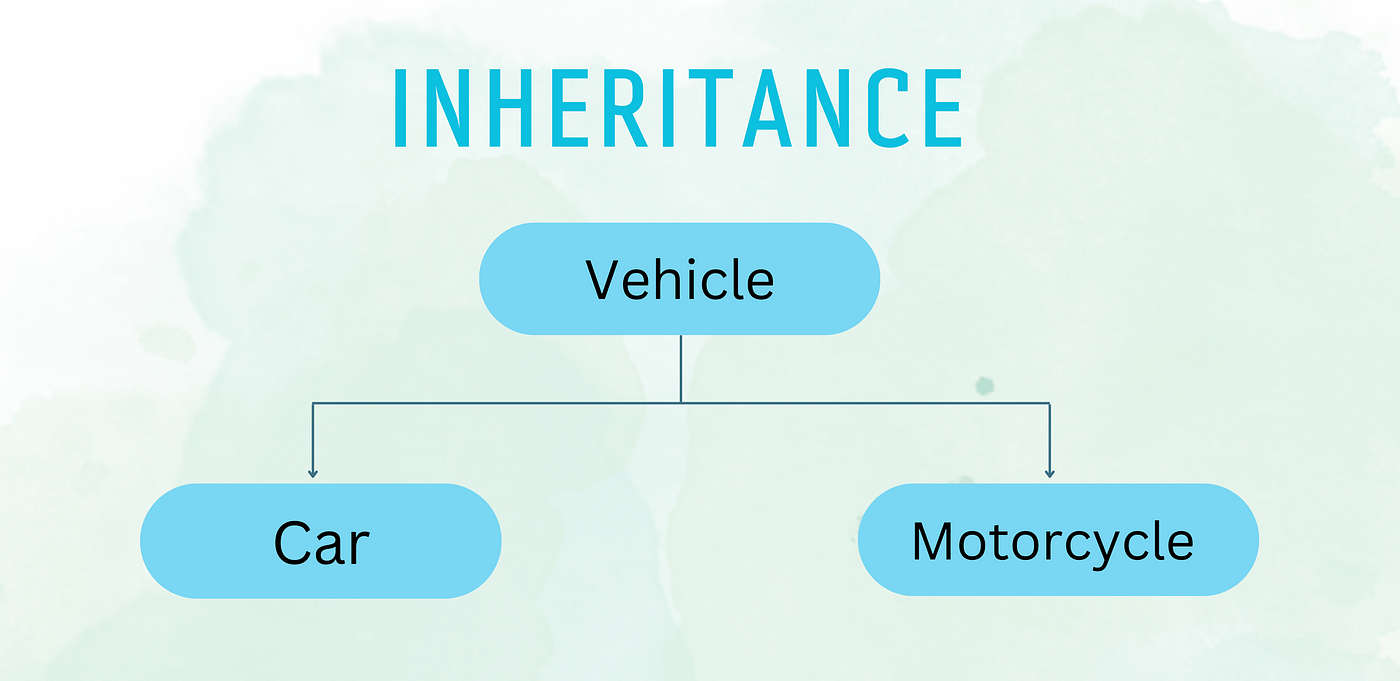
inheritance
when an existing superclass’s used to create a new subclass that inherits the superclass’s methods + attributes with the potential for at least one of either to be overridden (eg. person superclass → employee subclass)
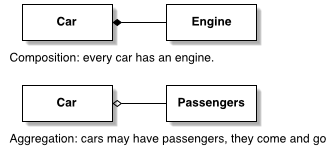
containment
aggregating multiple classes within a single class as shown in a class diagram (more suitable than inheritance for cases where in relation to the real world an object would be contained in another object)
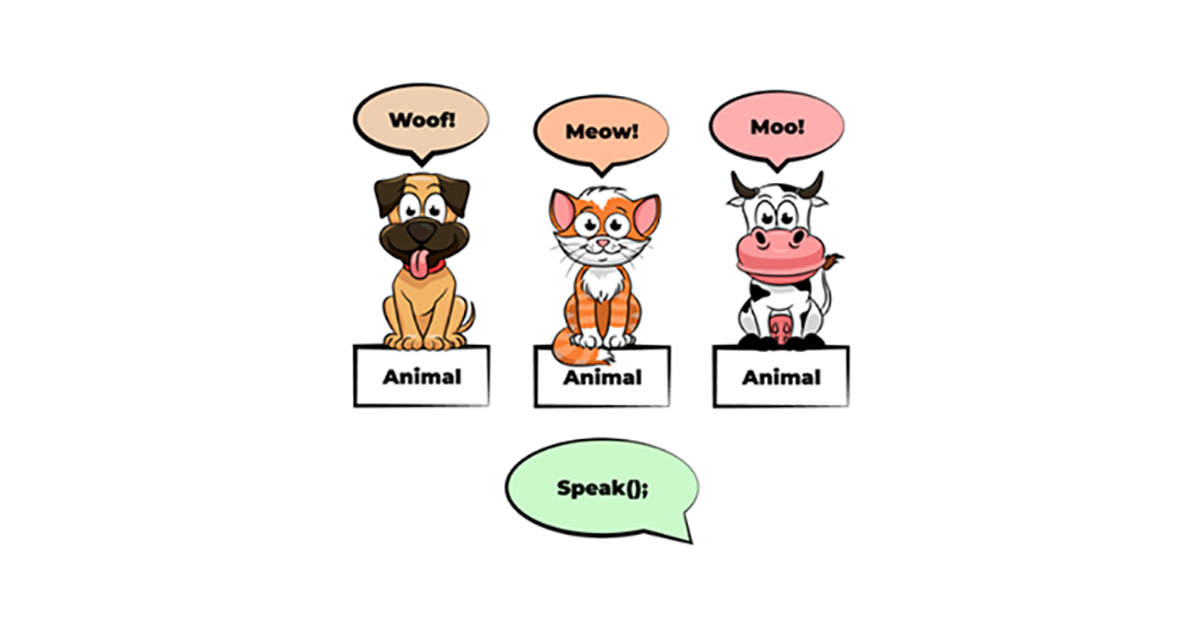
polymorphism
redefining a superclass’s methods for a derived subclass
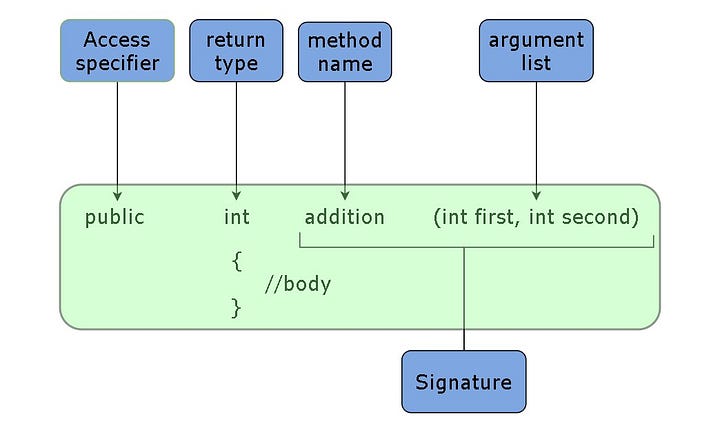
overloading
repeatedly defining a method within a single class for usage in different situations (can be done in Python by changing the number of parameters in a method)
the class constructor in Python
def __init__(self,x,y,z):
>self.attribute1 = x
>self.attribute2 = y
>self.attribute3 = z
>self.attribute4 = 0
>etc.
declaring a getter method in Python
def getAttributeX(self):
>return self.attributeX
declaring a setter method in Python
def setAttributeX(self,p):
>self.attributeX = p
instantiating an object in Python
myObject = myClass(attr1value,attr2value)